
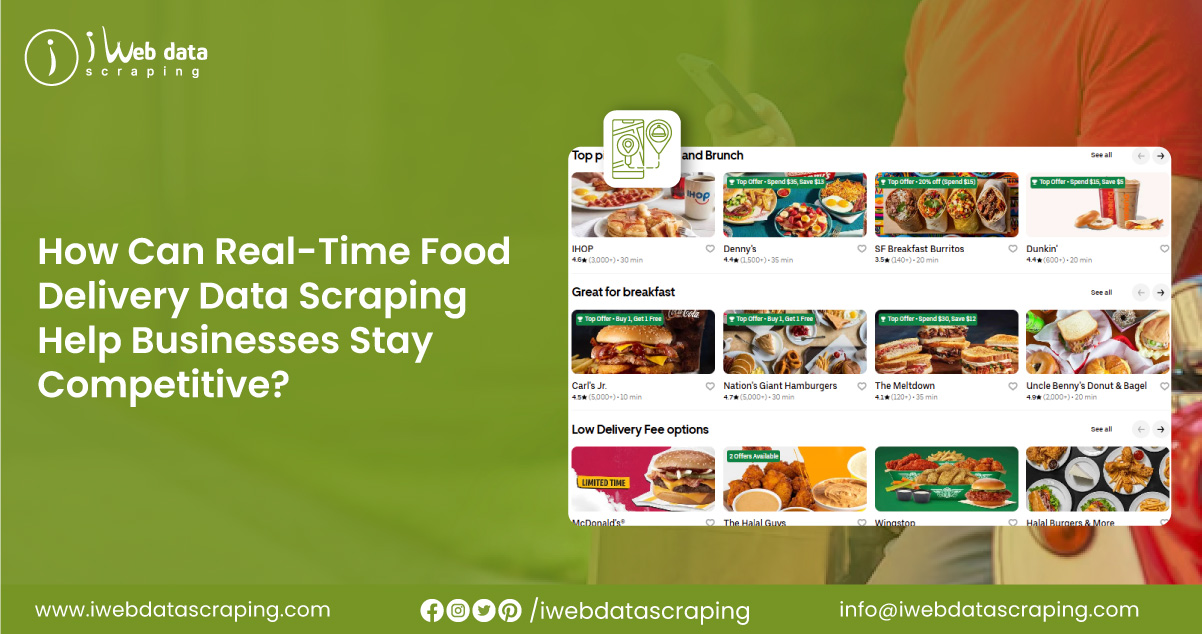
The food delivery industry has seen remarkable growth, fueled by the convenience of online ordering and the rising demand for quick-service meals. Leading platforms like Uber Eats, DoorDash, Grubhub, Foodpanda, and Deliveroo dominate the market, making data-driven strategies essential for businesses to stay competitive. Web Scraping Real-Time Food Data from Food Delivery Websites enables companies to extract valuable insights, analyze market trends, and optimize pricing strategies. By leveraging Real-Time Food Delivery Data Scraping, businesses can enhance customer experiences, track competitor performance, and improve operational efficiency. Accessing up-to-date data helps restaurants, aggregators, and food brands adjust their offerings based on demand fluctuations and customer preferences.
Additionally, real-time data extraction aids in refining delivery logistics, predicting food trends and maximizing profitability. As competition intensifies, integrating advanced data scraping techniques ensures that food delivery businesses stay ahead by making informed decisions based on comprehensive, real-time market insights.
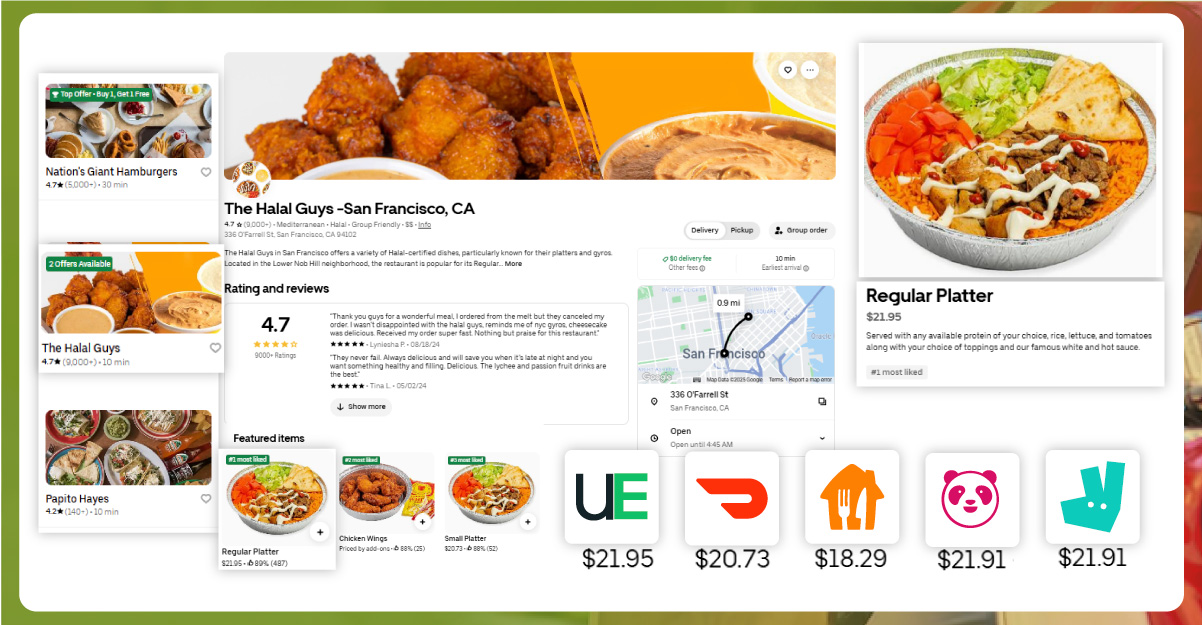
Scrape Restaurant Data for Delivery Apps to gain a competitive edge in the fast-growing food delivery industry. Web scraping food delivery trends involves the automated extraction of structured data from platforms like Uber Eats, DoorDash, Grubhub, Foodpanda, and Deliveroo. This includes restaurant listings, menu details, customer reviews, pricing strategies, delivery times, and competitor insights. Unlike static data extraction, which captures information simultaneously, real-time scraping continuously updates datasets to reflect the latest market changes. Businesses can use this data to analyze trends, optimize pricing, and enhance customer experiences. By leveraging advanced scraping technologies, food delivery services can adapt swiftly to shifting consumer demands, fluctuating prices, and emerging industry trends.
Access to up-to-date insights allows businesses to refine their strategies, improve operational efficiency, and maximize profitability in an increasingly competitive market.
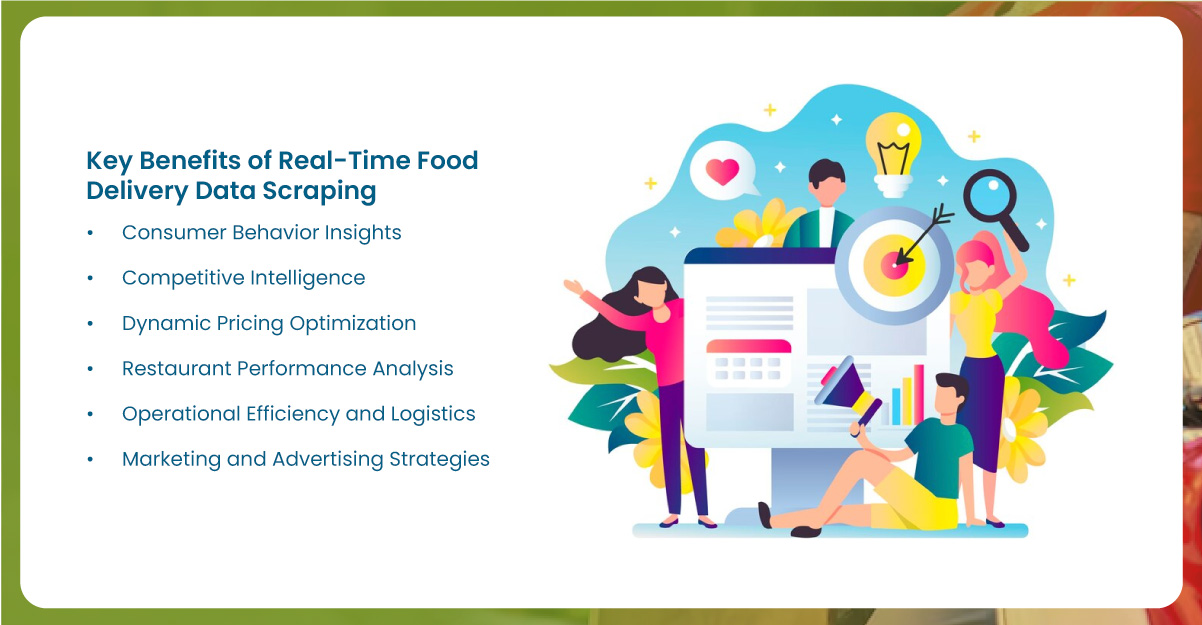
1. Consumer Behavior Insights: Understanding customer preferences is crucial for food delivery businesses. By leveraging Food Delivery Data Scraping, companies can analyze:
2. Competitive Intelligence: Staying ahead in the highly competitive food delivery industry requires continuous competitor monitoring. Extract food delivery websites for pricing data to gain insights into:
3. Dynamic Pricing Optimization: Price sensitivity plays a significant role in customer decision-making. By using Scraping Food Delivery APIs, businesses can:
4. Restaurant Performance Analysis: Food delivery platforms work with thousands of restaurants, making Restaurant Data Scraping essential to evaluate performance:
5. Operational Efficiency and Logistics: Efficient logistics management is critical for maintaining delivery speed and customer satisfaction. Food Delivery App Datasets help businesses:
6. Marketing and Advertising Strategies: Restaurant Menu Datasets provide valuable insights for businesses to refine marketing strategies:
Boost your business with real-time food delivery data insights – Contact us today for a customized solution!
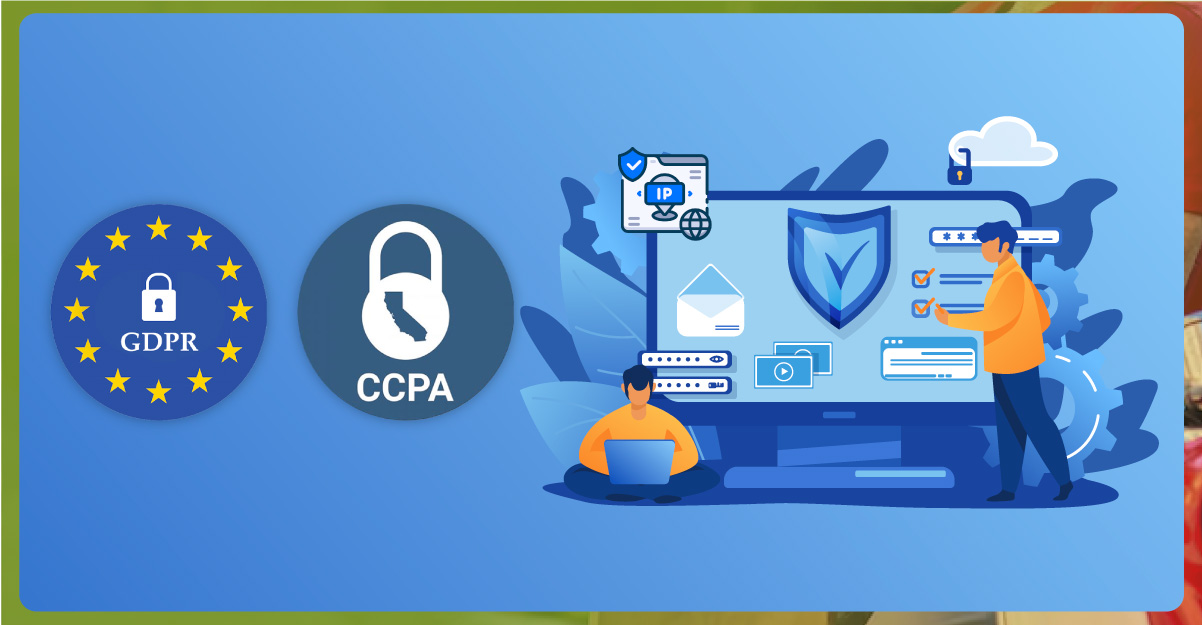
While real-time food delivery data scraping offers significant advantages, it also comes with challenges and ethical considerations that businesses must address.
Data Privacy and Compliance
With increasing concerns over data privacy, businesses must ensure compliance with regulations like the General Data Protection Regulation (GDPR) and the California Consumer Privacy Act (CCPA). It is essential to:
Platform Restrictions and Anti-Scraping Measures
Many food delivery platforms implement anti-scraping technologies, such as CAPTCHA, IP blocking, and bot detection mechanisms. Businesses must adopt ethical scraping techniques, including:
Data Accuracy and Validation
Real-time data extraction requires robust validation mechanisms to ensure accuracy. Data discrepancies can arise due to:
Scalability and Infrastructure Costs
Scraping large volumes of real-time data requires scalable infrastructure. Businesses must invest in:
Future of Real-Time Food Delivery Data Scraping

As technology advances, the future of real-time food delivery data scraping is set to evolve with new trends and innovations:
AI and Machine Learning Integration: AI-powered analytics will enhance data interpretation, enabling businesses to:
Blockchain for Data Transparency: Blockchain technology can provide secure and transparent data verification for:
API-Based Data Access: As food delivery platforms recognize the need for structured data sharing, more businesses may leverage API-based data access for:
IoT and Smart Logistics: The Internet of Things (IoT) will further enhance logistics management by:
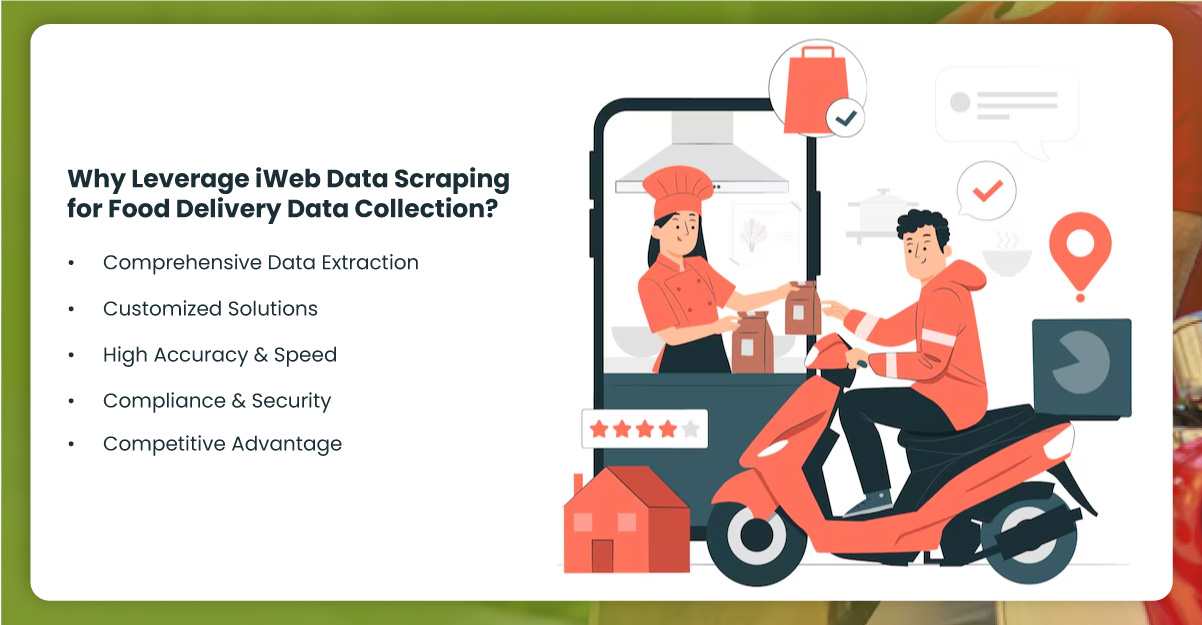
Real-time food delivery data scraping is a game-changer for businesses operating in the food industry. By leveraging real-time insights, companies can optimize pricing, improve operational efficiency, enhance customer experience, and gain a competitive edge in the market. However, ethical considerations, compliance with data privacy laws, and adopting responsible scraping practices are crucial. As AI, machine learning, and blockchain technologies continue to evolve, the future of real-time food delivery data scraping will unlock even more excellent opportunities for businesses seeking data-driven success in the food delivery ecosystem.
Experience top-notch web scraping service and mobile app scraping solutions with iWeb Data Scraping. Our skilled team excels in extracting various data sets, including retail store locations and beyond. Connect with us today to learn how our customized services can address your unique project needs, delivering the highest efficiency and dependability for all your data requirements.